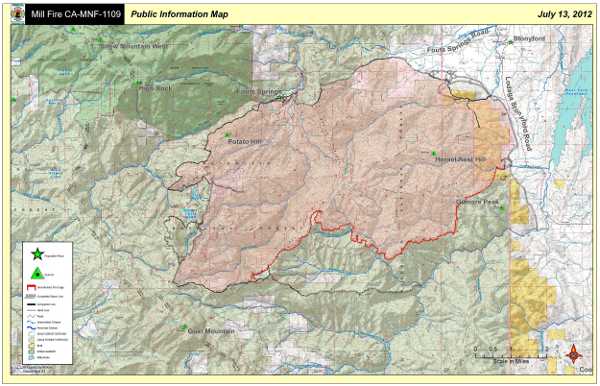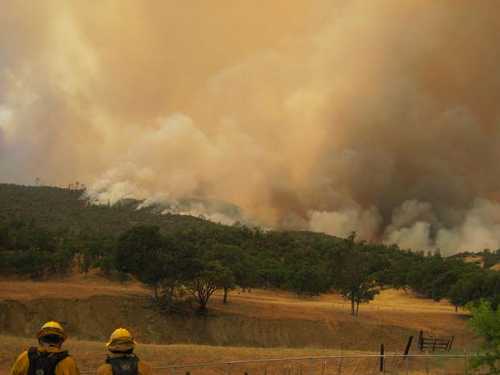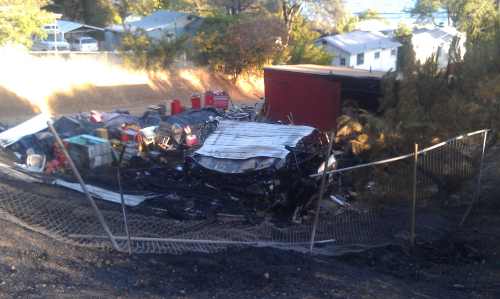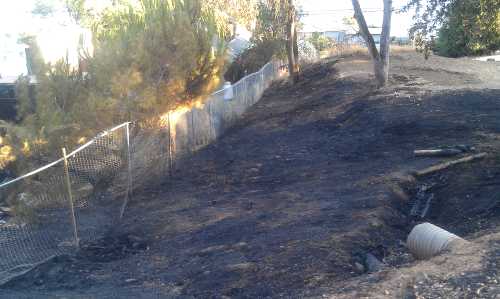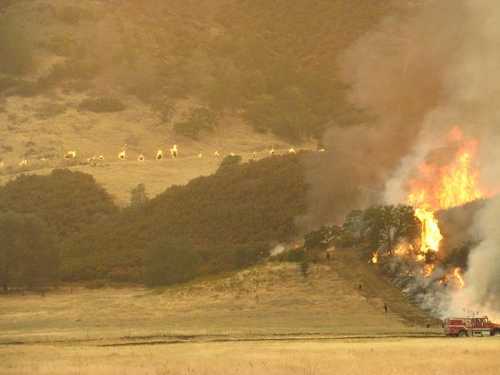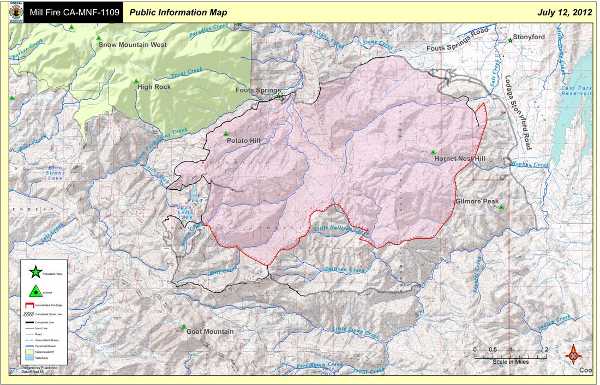LUCERNE, Calif. – Lucerne residents could be looking at more water rate increases beginning in 2014.
On July 5, California Water Service Co. requested approval to increase rates in 2014, beginning an 18-month water rate review process mandated by the independent state agency responsible for setting the utility’s rates, the California Public Utilities Commission.
To lessen the impact on customers, Cal Water is requesting that the necessary increase be phased in over three years, said Cal Water Redwood Valley District Manager Gay Guidotti.
Guidotti said that, typically, the majority of the increase becomes effective in the first year, and smaller inflation-type increases in the second and third years.
If the CPUC agrees with Cal Water’s request, the typical residential customer would see their monthly bill increase by 77.1 percent between 2014 to 2016.
That breaks down to $18.51, or 62 cents per day, for a 29.4-percent increase in 2014; $25.93, or 86 cents per day, for a 31.9-percent increase in 2015; and $16.94, or 56 cents per day, or 15.8 percent in 2016.
Based on those numbers, residential customers would pay at least $226.30 more over the course of 2014, $313.90 more in 2015 and $204.40 in 2016. Water rates would increase by $2.04 a day over those three years.
Supervisor Denise Rushing is concerned by the proposal.
“You would think that by now Cal Water would have learned that it is they who are perpetuating an economic down spiral in the town of Lucerne with some of the highest water rates in the state,” she said. “They should be working with the PUC and legislators to develop alternatives to the standard rate-making procedures for disadvantaged communities. These alternatives might include a market-reality-based cap.”
She added, “In this desperate economy, as people are losing their homes, to propose these kinds of rate increases is wrong. It further perpetuates the difficulty for those that remain on their system. Will the last home and business left standing pay the full cost of the plant?”
Rushing said it’s time for Cal Water to recognize that standard cost-plus ratemaking does not work in this circumstance. She said she was pleading with the company to help turn the Lucerne economy around.
“In our county owned systems, we have seen rising costs of treatment as well and are only increasing rates for the most essential investments and are finding ways to save money,” she said. “Seventy-seven percent is outrageous, especially on top of the increases to date and the high rates already in place.”
Cal Water reported that it is asking to increase the Rate Support Fund benefit for Lucerne customers, which is a subsidy funded by other Cal Water districts to benefit customers in smaller, higher-cost districts.
During the 18-month review process, expense forecasts can be refined and capital projects can be deferred, resulting in a lower increase than initially requested.
In the last three-year rate review process in 2009, Cal Water initially requested an increase of 54.9 percent; a final increase of 41.8 percent became effective in 2011.
In 2005, the company sought a 247-percent increase, receiving approval from the CPUC for a 121-percent rate increase in 2006, as Lake County News has reported.
Company: Water costs rising
Cal Water said a rate increase is needed to cover higher expenses associated with operating and maintaining the water system, including those incurred to meet strict water quality standards and environmental regulations, make safety improvements and inspections, improve preventative maintenance, and make infrastructure improvements.
In addition, water sales revenue, which helps pay fixed operating costs, has declined over the last three years, requiring the rate for each unit of water to increase to cover the same costs, the company said.
“Unfortunately, water costs are rising, not just here, but throughout the country. Many of them – such as costs for materials, water production and water treatment – are increasing faster than the rate of inflation,” said Gay Guidotti.
“Also, water use is going down, and water utilities have a lot of fixed costs that stay the same regardless of how much water customers use,” Guidotti said. “That results in higher per-unit water costs. The good news is, some variable costs decrease when customers use less water, and those cost decreases are factored in. And conservation can save customers money in the long-term by enabling us to avoid having to invest in new sources of supply to meet higher demand.”
Guidotti said that if water usage had not decreased, the typical residential customer would see an even greater increase in his or her total water bill.
The reduction in overall water usage increases the per-unit cost of water, but the combination of variable cost savings and the customer using fewer units of water results in a total bill that will be lower than it would have been without water conservation efforts, she said.
Cal Water is proposing a number of water system infrastructure upgrades to increase reliability and fire protection and ensure good water quality, including: new water mains, storage tank maintenance, and enhancements to comply with water quality regulations.
The California Public Utilities Commission will thoroughly audit Cal Water’s expenses, plans and operations during the 18-month review process.
It is responsible for setting rates that reflect the actual, dollar-for-dollar costs of providing water service and allow Cal Water to earn a return only on the funds it invests in water system infrastructure, similar to the interest that would be paid on a loan if the funds were borrowed from a bank.
Customers are invited to submit comments in writing or at public participation hearings, if held by the commission.
“We are very sensitive to the need to operate as efficiently as possible,” Guidotti said. “We watch every penny closely because we know that our operations affect customer rates.”
Cal Water serves about 3,600 people through 1,900 service connections in Lucerne and parts of Duncans Mills, Guerneville, Dillon Beach, Noel Heights and Santa Rosa. The company has provided water service in the area since 2000.



